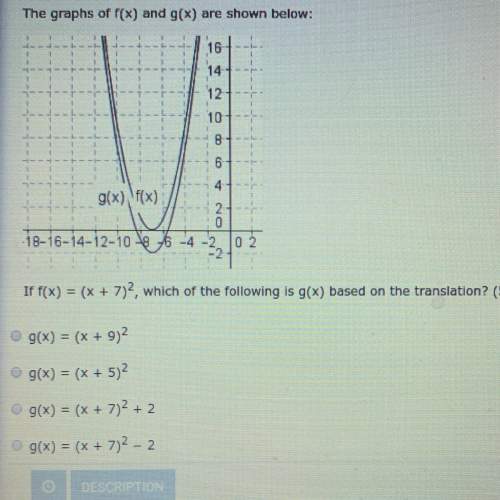
Mathematics, 25.05.2021 21:40 carolinehodges
I need an answer by the end of the day please, any guidance is appreciated. A woman who was shopping in Los Angeles had her purse stolen by a young, blonde female who was wearing a ponytail. The blonde female got into a yellow car that was driven by a white male who had a mustache and a beard. The police located the blonde female named Janet Collins who wore her hair in a ponytail and had a friend who was a white male who had a mustache and beard and also drove a yellow car. The police arrested the two subjects.
Because there were no eyewitnesses and no real evidence, the prosecution used probability to make its case against the defendants. The probabilities below were presented by the prosecution for the known characteristics of the thieves.
Probability Distribution
Characteristic Probability
Yellow Car 1/10
Man with Mustache 1/4
Woman with a Ponytail 1/10
Woman with Blonde Hair 1/3
White Man with Beard 3/10
Man & Woman in car 1/100
Assuming that the characteristics listed are independent of each other, what is the probability that a randomly selected couple has all these characteristics? Tha is, what is P("yellow car" and "man with mustache" and "woman with ponytail" and "woman with blonde hair" and "white man with beard" and "man/woman in a car")?
Would you convict the defendants based on this probability?
Now let n represent the number of couples in the Los Angeles area who could have committed the crime. Let p represent the probability that a randomly selected couple has all six characteristics listed. Let the random variable X represent the number of couples who have all the characteristics listed in the table. Assuming that the random variable X follows the binomial probability function, we have
Assuming that there are n=1,000,000 couples in the Los Angeles area, what is the probability that more than one of them has the characteristics listed in the table (hint: 1-P(x=0)-P(x=1) by hand or in statcrunch binomial distribution calculator). Does this result cause you to change your mind regarding the defendants' guilt.
Part 2:
Suppose that 16% of crimes of this type end up in a criminal charge. This district has a false conviction rate of 5% (meaning the subject was charged but did not commit the crime) and fail to charge at a rate of 10% (meaning the person committed the crime but was not charged). If a randomly chosen suspect is charged, what is the chance that the suspect actually committed the crime? Use what you have learned in this chapter to help answer the following questions about the district's crime rates.
Watch the video on Setting up a Tree Diagram (Links to an external site.) (Transcript download) and create a tree diagram based on the information given above. Use the image below to help you get started.
What is the probability that a randomly chosen suspect actually committed the crime?
What's the probability that a randomly selected suspect was not charged, given they actually committed the crime?
What's the probability that a randomly selected suspect was charged given they did not commit the crime? Explain why it makes sense for this probability to be less than the one you found in Question 3.

Answers: 2


Another question on Mathematics

Mathematics, 21.06.2019 15:00
Idon’t understand this.. will someone ? will mark brainliest along with 20 points.
Answers: 2

Mathematics, 21.06.2019 15:30
The diameter of a circular chip is doubled to use in a new board game. the area of the new chip will be
Answers: 2


Mathematics, 21.06.2019 18:00
Find the perimeter of the figure shown above. a. 18 yds c. 20 yds b. 10 yds d. 24 yds select the best answer from the choices provided
Answers: 1
You know the right answer?
I need an answer by the end of the day please, any guidance is appreciated. A woman who was shopping...
Questions

Mathematics, 17.09.2019 18:30






History, 17.09.2019 18:30












Mathematics, 17.09.2019 18:30

Mathematics, 17.09.2019 18:30




